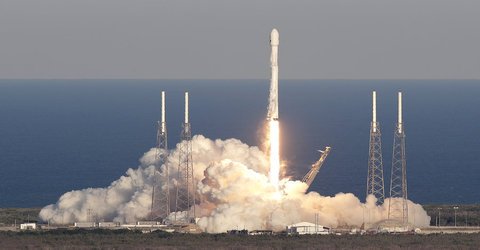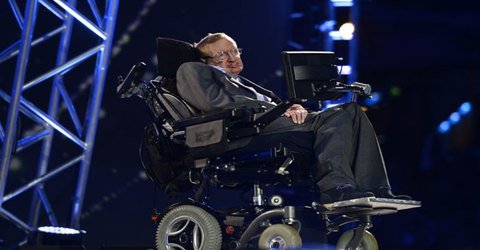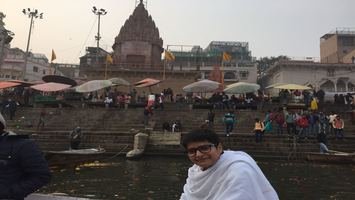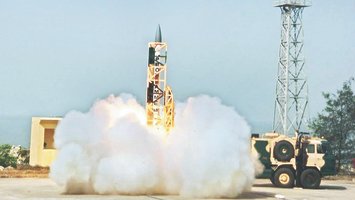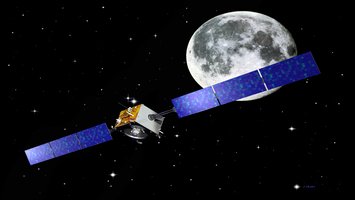All India Institute of Medical Sciences, New Delhi gave the Top Doctor 2015 Award to Dr. Ved Shrivastava. Dr. Ved is also doing social work. For the last two years, they are helping poor girls in marriage or helping poor people or helping poor children in education. Ved is doing these responsibilities well.
The IBTN Media Network Group has always tried to get you to face such a person who could become a source of inspiration for the youth, and through which young people can achieve success in their life.
Come on, know more about Dr. Ved Shrivastava, about them, so that you can become a human like them, then a good doctor.
It is extremely important for a doctor to be a good person. A good person can be a good doctor. Ved Srivastava is a very good person, as a result they are also a very good doctor.
Dr. Ved Srivastava completed MBBS from All India Institute of Medical Sciences, New Delhi. Is doing 'Master in Neurosurgery' from AIIMS, New Delhi and is working as JR in AIIMS.
Dr. Ved is also doing social work. For the last two years, they are helping poor girls in marriage or helping poor people or helping poor children in education. Ved is doing these responsibilities well.
Significantly, Dr. Ved Shrivastava was born in Varanasi. Dr. Ved Shrivastava was very intelligent in study since childhood, as a result, they managed to get admission in MBBS in All India Institute of Medical Sciences, New Delhi, in the first attempt.
Admission in MBBS in All India Institute of Medical Sciences, New Delhi is not easy. Some of the millions of students are successful in getting admission in AIIMS, New Delhi. In the first attempt, Dr. Ved Shrivastava's admission in AIIMS, New Delhi shows their talent.
Since childhood, their attitude have been towards social service. They have been serving the society since school days. They also actively participated in social service during their MBBS course in the All India Institute of Medical Sciences, New Delhi and actively contributed to the medical camp.
They are also a good doctor along with a good person. They have always been sympathetic towards the poor in their heart. The result of this is that they actively participate in the medical camps for the poor and always remain ready to treat the poor.
Dr. Ved wants to give a new direction to the society. At the age in which people usually think about rest. Dr. Ved is engaged in social work at that age.





